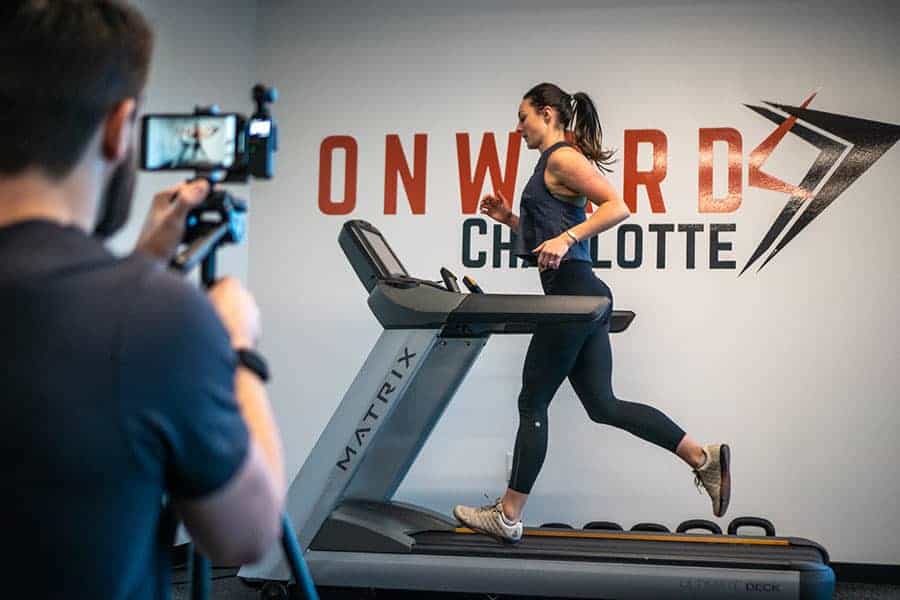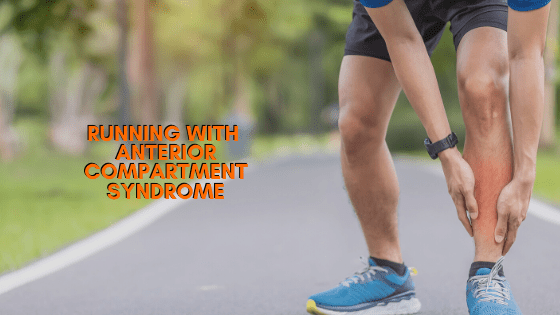
At the end of a long day, few things feel better than unwinding with a long run to de-stress. But not when you are dealing with anterior compartment syndrome. This frustrating condition results in painful runs keeping your training volume far below what your goals demand.
What Is Chronic Exertional Anterior Compartment Syndrome?
Compartment syndrome is characterized as pain that increases at a predictable point during exercise. In other words, they tend to notice the onset of anterior shin pain at a specific mileage for runners. Symptoms may be a cramping or burning sensation that always hits at around the same time in a rung. However, it subsides shortly after stopping the run. This pain often occurs in both legs and may also be accompanied by numbness and weakness in the lower leg and foot.
What Causes Compartment Syndrome in Runners?
Several factors can lead to the development of this syndrome in runners. The great news is we can work to correct many of these while also improving your running technique and performance! At Onward Charlotte, we commonly see a few specific running form errors that contribute to this issue.
The below picture shows a snapshot of a running form assessment performed on an athlete dealing with chronic compartment syndrome while running. Typically, this athlete’s symptoms came 10–15 minutes into her run, forcing her to stop. Then, symptoms resolved within 10 minutes of sitting and resting.
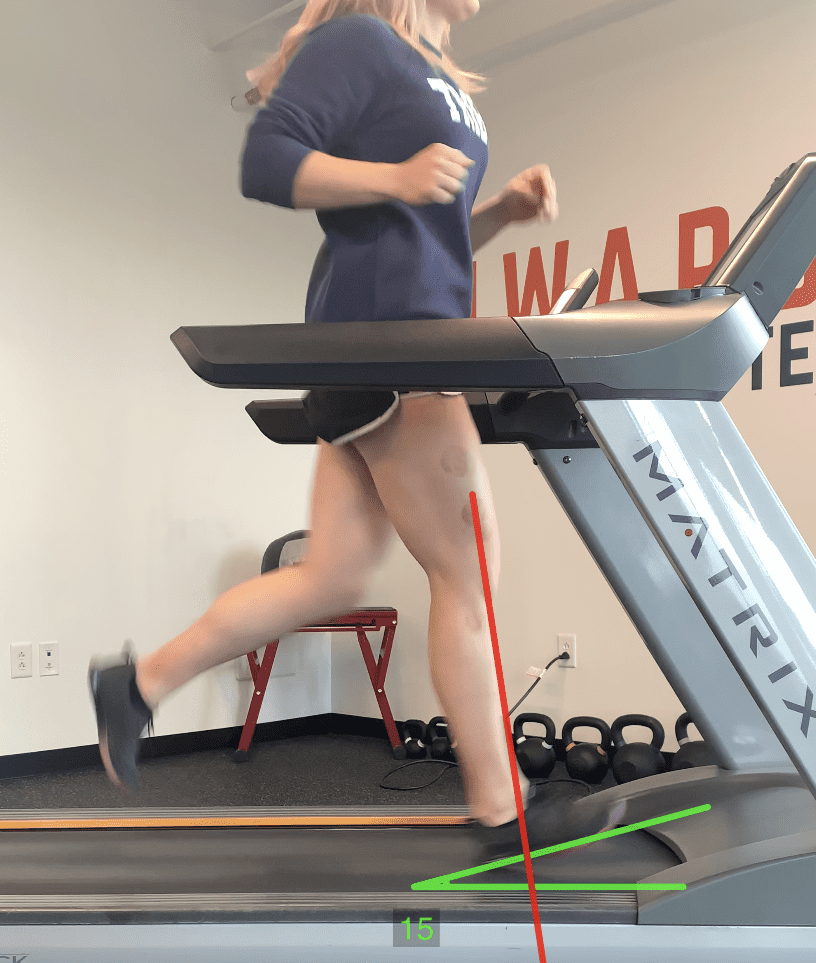
In this picture, we notice two critical issues with the athlete’s running form. First, we have a reasonably large heel strike (15* angle of the bottom of the foot relative to the ground). Second, you will notice a forward shin angle at contact. This indicates the athlete is overstriding.
This combination of positions led to the muscles on the front side of her shin working considerably harder during her runs. This increased workload pumps a lot of blood into the anterior shin. Eventually, this increased pressure in what is called the anterior compartment, resulted in her runs becoming extremely painful. Not only were her runs becoming miserable, but her performance took a significant hit as well.
What Can We Do to Address Running with Compartment Syndrome?
The answer to that question is highly specific to your specific presentation and what factors might be leading to your symptoms. Only an individualized assessment can identify what we need to do.
For this athlete, we are incorporating several different drills to change her running form. Our goal will be a flatter foot contact on the ground or potentially switching entirely to a forefoot strike. Here are three strategies we’ve been using to address the symptoms that have already made a drastic impact!
Cadence Work
The first step (literally) is addressing the cadence of this athlete. Her steps per minute were rather slow (145 steps per minute). Without going too in-depth, this slow cadence often results in the overstraining we saw in her running form assessment. We’ve gradually been increasing her cadence to >170bpm.
Running Wall Drill
The running wall drill is a great drill to work on a few different things. First, we work to increase the runners forward lean. This also helps to prevent the aggressive foot contact above that can lead to increased stress on the shins and decreased running efficiency. With that, we’ also cue her to land on the front part of her foot rather than heel striking. Finally, we can incorporate cadence work using a metronome.
Creep Marching
This drill works a regressed running pattern while keeping the heels elevated. We’ll be training the calf musculature to be better prepared for the increasing stress on them as a result of altering her running form.
Ready for help?
If you’re ready to get back on the road without anterior compartment syndrome holding you back, schedule a running form assessment today with the Onward Charlotte physical therapy team. We’ll take an in-depth look at the various factors impacting your running and develop a program to get you back to chasing your running goals!
Recent Articles
Achilles Tendonitis: Diagnosis & Treatment
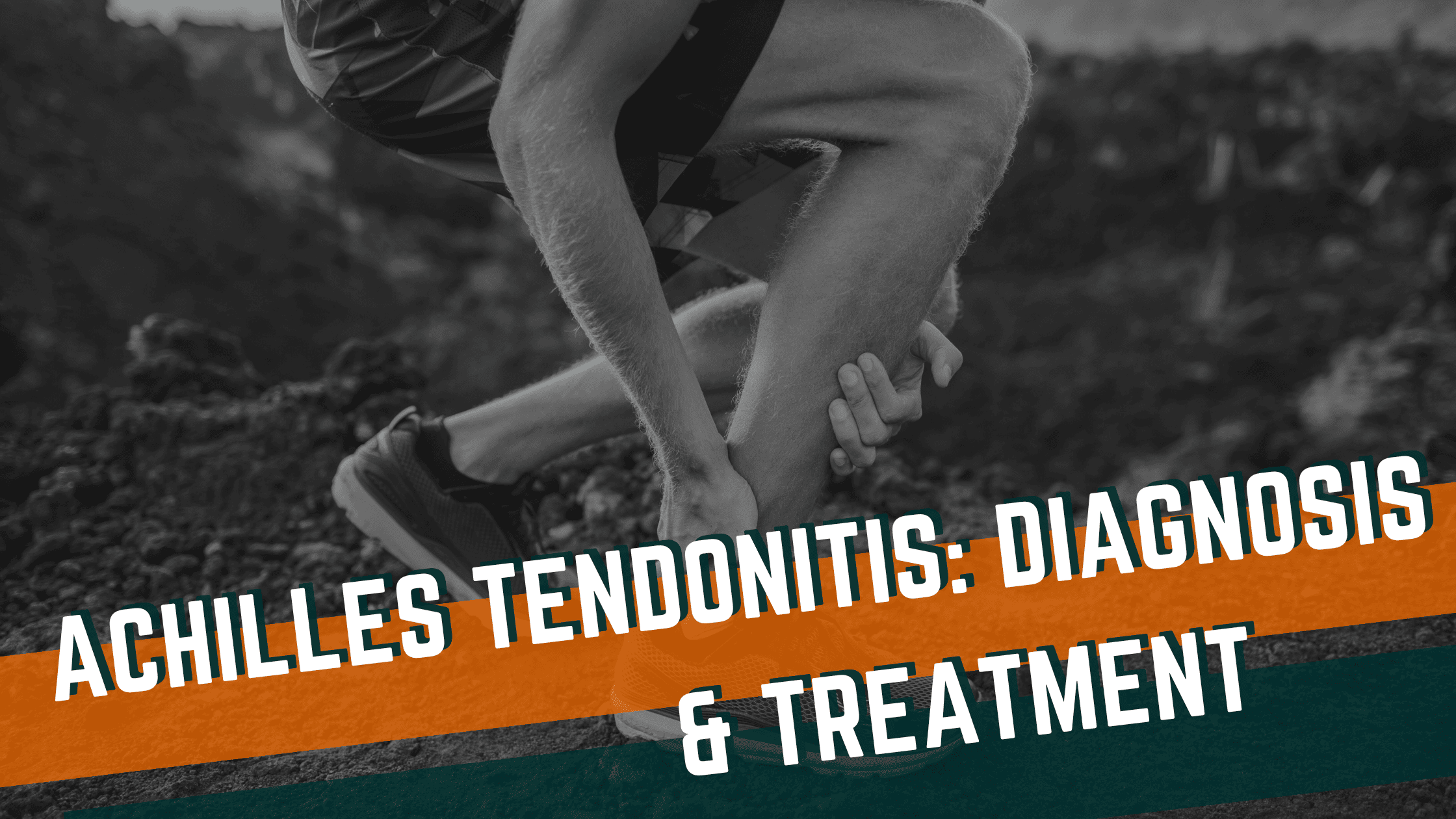
Hip Pain in Runners
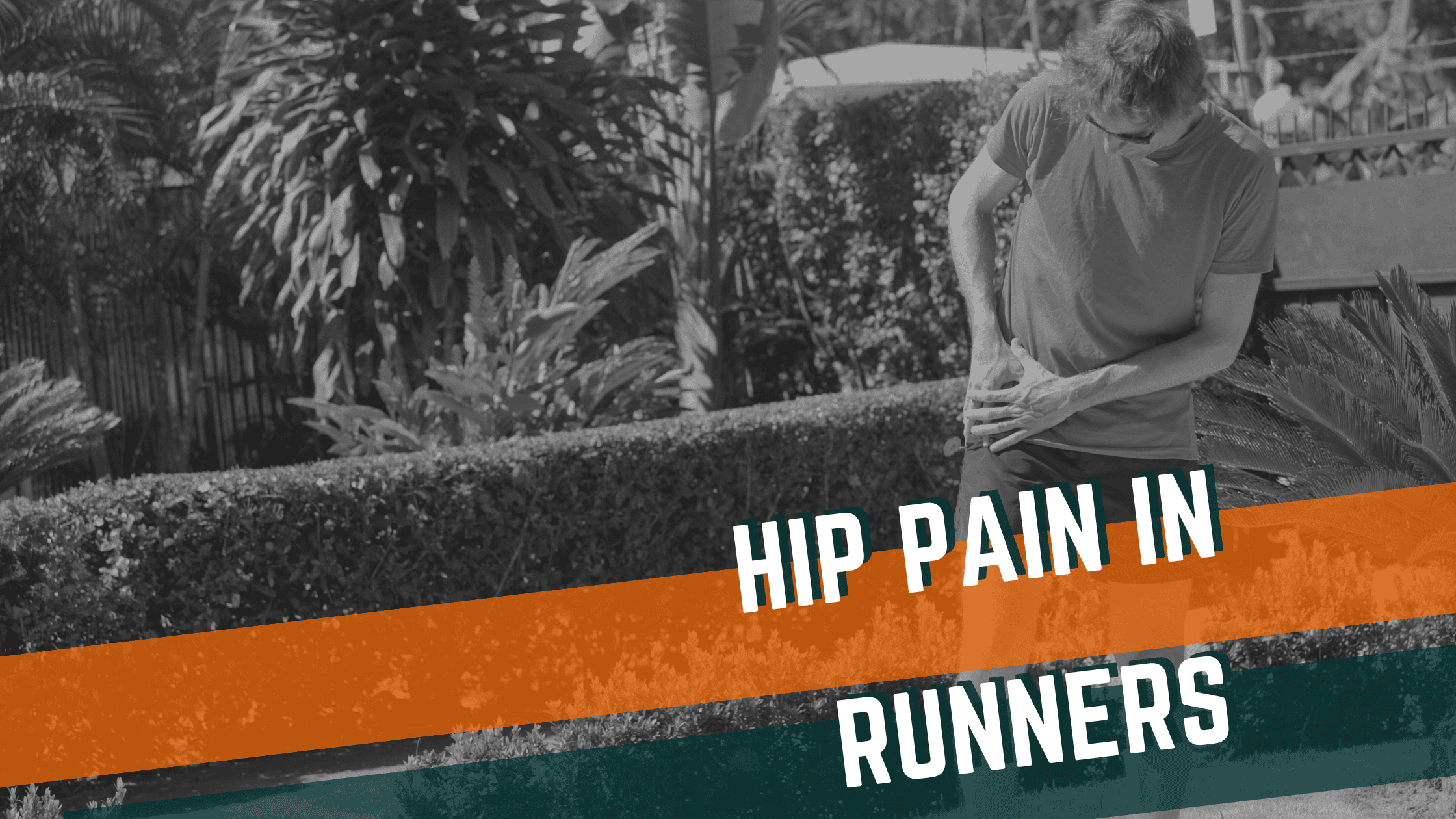
A Guide to Conditions Treated with Dry Needling
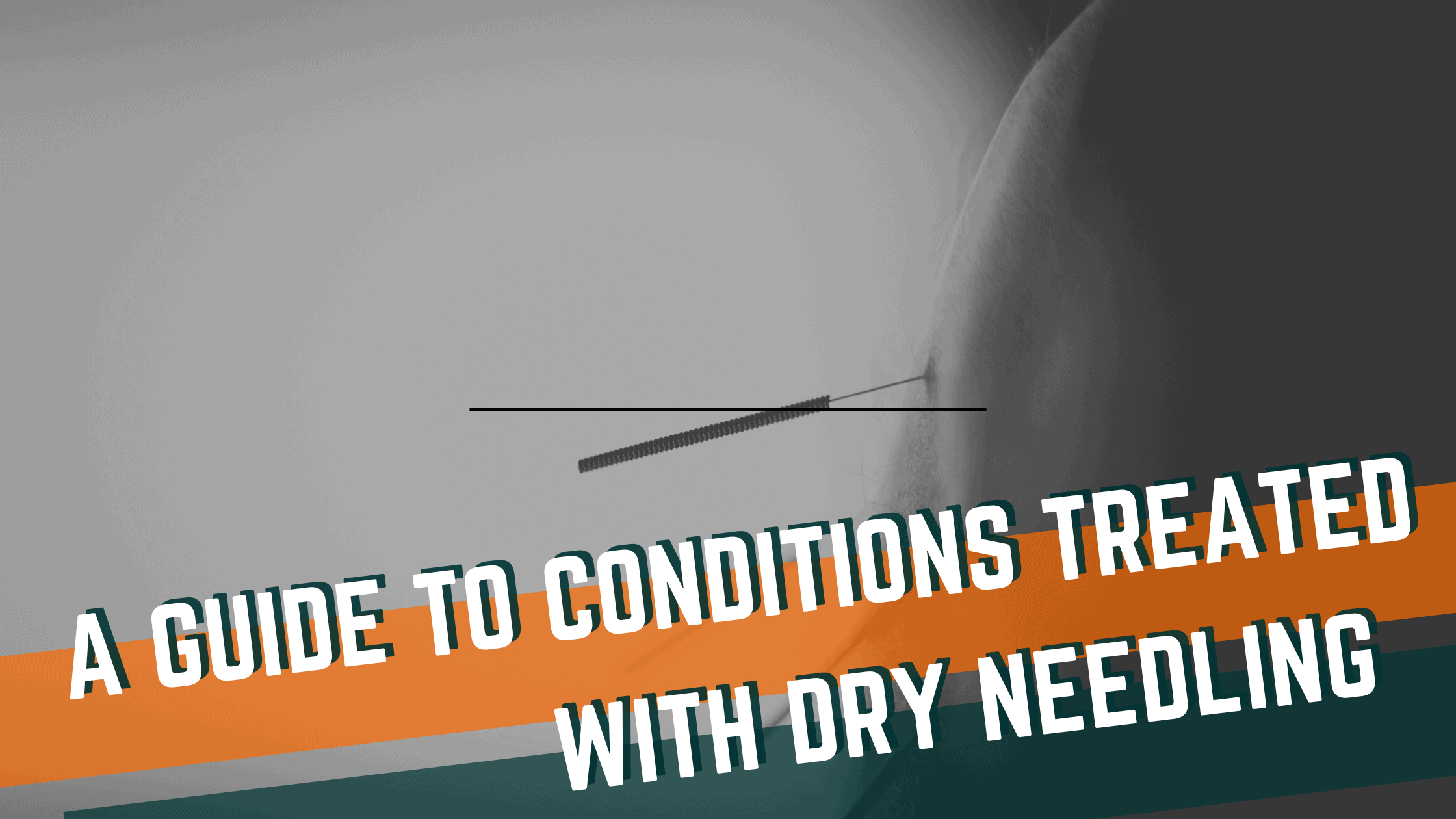
Reconnect to the CORE Postpartum: Pelvic Floor Exercises for Postpartum Healing
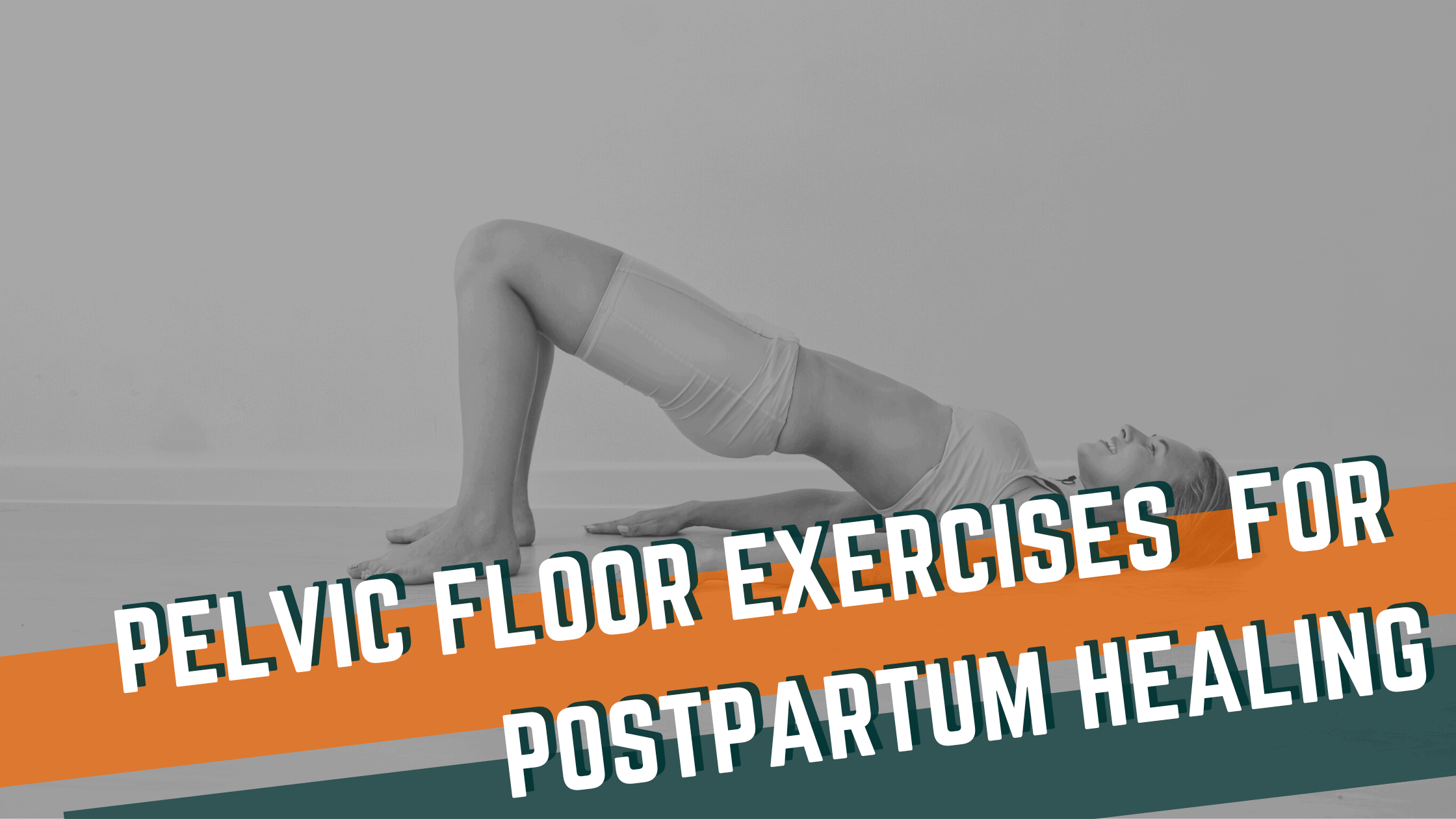
Preventing Back Pain in CrossFit: Key Considerations for Training Safely


